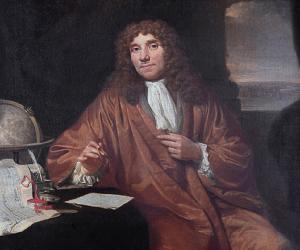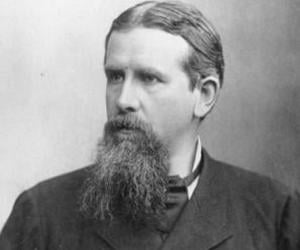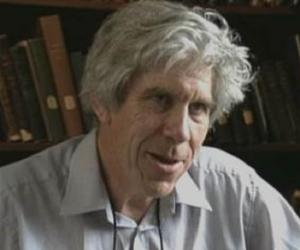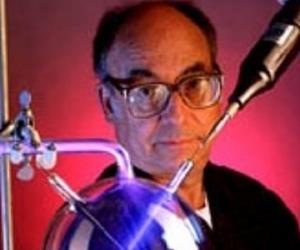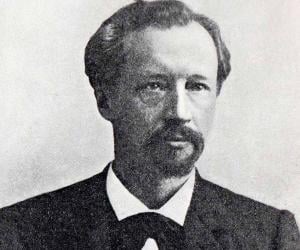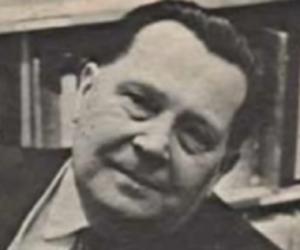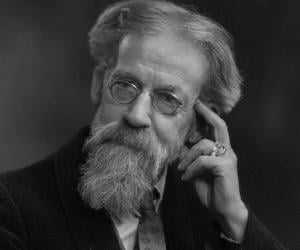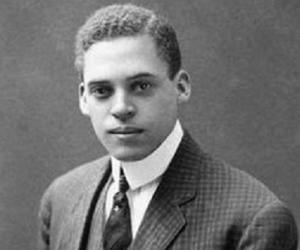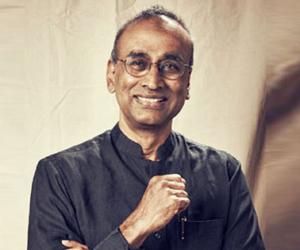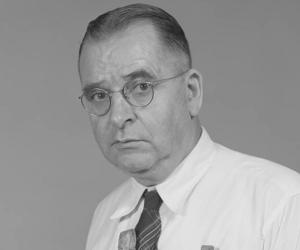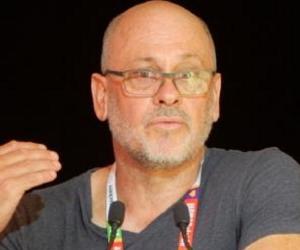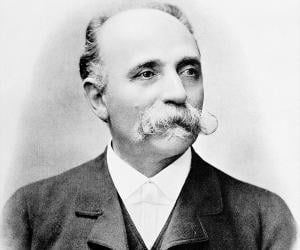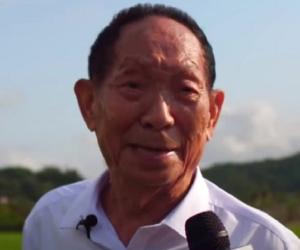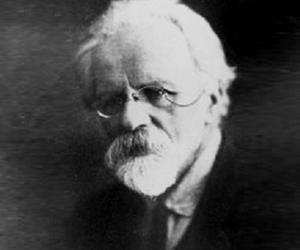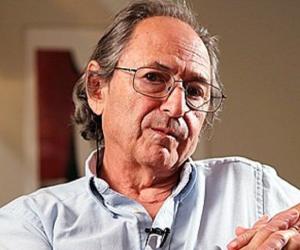Childhood & Early Life
On October 24, 1632, in the Delft city of Netherlands, this famous microbiologist was born to parents Philips Antonysz van Leeuwenhoek and Margaretha.
Antonie and his four elder siblings lost their father at quite an early age and their mother remarried after Philips’ demise. The young lad went to school for a short while in Leyden but then had to move to his uncle’s place in Benthuizen.
At the tender age of sixteen Leeuwenhoek was engaged in a draper’s shop in Amsrterdam where he learnt the ropes of the trade. Eventually he returned to his native city of Delft in the mid-1650s and went on to establish himself as a fabric merchant.
Career
As the popularity of his linen store increased so did Antonie’s status in the society. He decided to utilize his new found fame to participate in the municipal politics. In 1660, he was granted the title of chamberlain and in this capacity he was in charge of managing the Delft sheriffs’ assembly chamber. Later he would hold the positions of surveyor and wine gauger.
Leeuwenhoek used magnifying glasses for inspecting the quality of thread in his draper linen but he was not satisfied with the magnification provided by the available lenses. Thus he started making his own lenses and with time and expertise he devised microscopes that are believed to provide magnification of up to 500 times.
Armed with these powerful magnifying devices, he started recording his observations of minute creatures such as molds and lice. His friend Reinier de Graaf, who was a physician, encouraged Antonie to pursue his study of minute organisms and even helped establish a correspondence between the Royal Society in London and Leeuwenhoek.
Starting in 1673, Antonie began a series of communication with the Royal Society. His first published work included his study of lice, molds and bees.
In 1674, he used his hand made microscopes to observe miniscule living objects in various water bodies, human gut. He dubbed these minute living beings as “very little animalcules”, and estimated their sizes.
This skilled lens man accounted his studies on the male gametes, in 1677. He studied specimens of Spermatozoa in insects, humans and canines.
He then made important observations regarding the human eye, striated and non-striated muscle fibers and even studied insects and plant structures and asexual reproduction in aphids.
He then studied unicellular organisms, in particular yeast, and made significant observations regarding their composition in 1680. The same year he was granted a fellowship in the Royal Society of London.
’Philosophical Transactions of the Royal Society’, the journal of Royal Society published most of his works.The very first illustration of bacteria was depicted by Leeuwenhoek and was published in the 1683 edition of ‘Philosophical Transactions’.
The eminent microbiologist also studied plaque formation in the human oral cavity in 1683. It is believed that he made these observations using his own teeth and even his own wife and daughter.
In 1684, he studied the works of Marcello Malpighi’s demonstration of the blood capillaries. In continuation to Marcello’s works, Antonie studied the red blood cells and provided a fairly accurate description.
In 1702, while studying rotifers and nematodes he made the observation that microorganisms or the animalcules can be propagated by wind, water and air.
Leeuwenhoek continued his microscopic observations throughout his life and by the time of his death he had published more than 500 scientific letters in the Royal Society journal and other scientific publications. He even made observations of the rare and deadly muscular anomaly he was suffering from, which eventually led to his death.
Personal Life & Legacy
Antonie was married to Barbara de Mey in July 1654 and the couple were blessed with five children of whom only one survived.
Following the demise of Barbara, Antonie entered the wedlock with Cornelia Swalmius in 1671.
This pioneering scientist breathed his last on August 26, 1723 after battling a rare abnormality of the muscles in the midriff region. Since he made extensive observations regarding his illness, the condition has been named as the ‘Van Leeuwenhoek’s Disease’.
Antonie’s original specimens were archived by the Royal Society of London and in 1981 microscopist Brian J. Ford conducted a further study to expand Leeuwenhoek’s original works.
Facts About Antonie van Leeuwenhoek
Antonie van Leeuwenhoek was a self-taught scientist who did not receive a formal education in science, yet he made groundbreaking discoveries in the field of microbiology.
He was known for his meticulous attention to detail and innovative use of simple microscopes, which allowed him to observe and document the existence of microorganisms for the first time.
Despite his scientific achievements, van Leeuwenhoek remained humble and preferred to focus on his research rather than seeking fame or recognition for his work.
He maintained detailed correspondence with prominent scientists of his time, sharing his observations and contributing to the advancement of scientific knowledge in microbiology.


